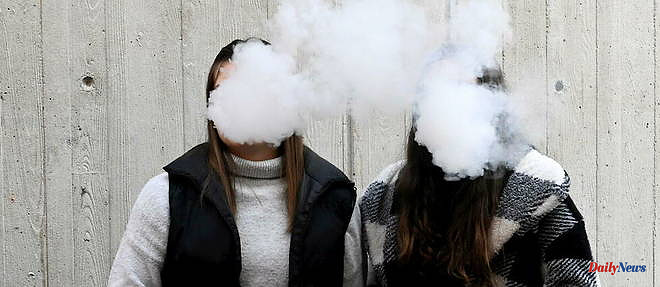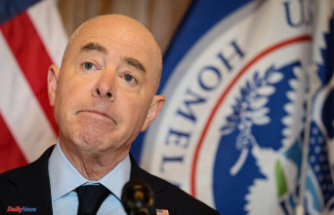The thought came from one of my medical students, who confessed to me that he loved the smell of vanilla in the house he shares with friends who vape… "It's good, isn't it? he asked me.
My response was not particularly enthusiastic.
" Well no. If you can smell vanilla, you're probably also breathing in nicotine..."
Nicotine is a poisonous alkaloid (like caffeine, morphine, etc.) that is particularly vicious because it is colorless and odorless. It is also extremely well absorbed by our respiratory tract, including the nose, mouth, bronchial tubes… and even the ears.
And smokers exhale not only from nicotine, but also from chemicals absorbed from their cigarettes, including e-cigarettes. There are those famous sweet-smelling aromas… as well as fine and ultra-fine particles, various chemical compounds (glycerol, formaldehyde, etc.) specific to vapers, even metals – but no tar or carbon monoxide.
Those around them can then breathe them. The lung defenses of smokers, vapers and their neighbors are overwhelmed with repeated exposures.
A study conducted in 2017-2018 showed that 16% of adults in 12 European countries were exposed to e-cigarette aerosols indoors - bars, restaurants, offices... (where conventional cigarettes are banned).
In 2019, researchers examined the content of vapor exhaled by e-cigarette users in confined spaces, such as cars and larger venues. Although lower than tobacco cigarettes, exhaled toxicant levels are described as "ambient air pollution" which should be avoided to protect the health of non-smokers and non-vapers.
The effects of passive vaping on the cardiovascular system are being considered and studied, and researchers have compared it to passive smoking, which is known to be able to clog arteries and cause clotting problems. Now, publications that demonstrate the harmful respiratory effects of passive vaping are on the rise.
In the late 1980s, passive smoking provided the impetus for changing smoking laws.
Medical professionals had learned, decades earlier, from a study of UK doctors who smoked, that smoking caused immense harm and early death in smokers. But it wasn't until later that they began to realize that living with a smoker, working with smokers, or being repeatedly exposed to someone else's smoke could also cause lung cancer, chronic bronchitis, worsen asthma and heart disease in a non-smoker. Even more concerning were the effects of passive smoking on children.
In the 1990s, people began to sue home and workplaces that exposed them to "second-hand smoke" from the mixture of smoke from a lit cigarette and that exhaled by a smoker. Successes have led to changes in legislation.
Attitudes have also changed and the rights of non-smokers have been increasingly emphasized. We have all been able to live in a smoke-free environment in Australia for decades (for 15 years in France, editor's note).
In Australia, vaping restrictions are in line with smoke-free laws and World Health Organization recommendations.
For example, New South Wales law states that people cannot use e-cigarettes in non-smoking areas under the Smoke-free Environment Act 2000. These areas include:
all closed public places,
spaces located less than 10 m from children's play equipment,
public swimming pools,
spectator areas on sports fields or other recreational areas used for organized sporting events,
public transport stops and platforms, including ferry docks and taxi ranks,
spaces within 4m of a pedestrian access point to a public building,
commercial outdoor dining areas,
cars with a child under 16.
Vaping in public transport vehicles such as trains, buses and ferries is also prohibited.
But people continue to smoke at home and in other places where it is allowed. The attitude change that has made smoking in the presence of others socially unacceptable has yet to develop.
(In France, it is forbidden to vape in schools and intended to accommodate children, collective workplaces, but not in health establishments, restaurants, cafes, shopping centers and workplaces open to the public, " unless the person in charge of the premises decides otherwise", Editor's note.)
Although debate continues over vaping, its safety and effectiveness as a cessation aid, we cannot wait years to measure the full effects of passive vaping even less harmful than passive smoking.
Based on the precautionary principle in public health, the challenge is to inform non-vapers, in particular young non-vapers, about the phenomenon today - and their rights to live "vaping-free", as well as to breathe. clean air. Even if it means taking a stand to defend these rights, as was done decades earlier against passive smoking.
* Renee Bittoun, Conjoint Professor of Nicotine Addiction, Avondale University and, University of Notre Dame Australia
The original version of this article was published in English.












